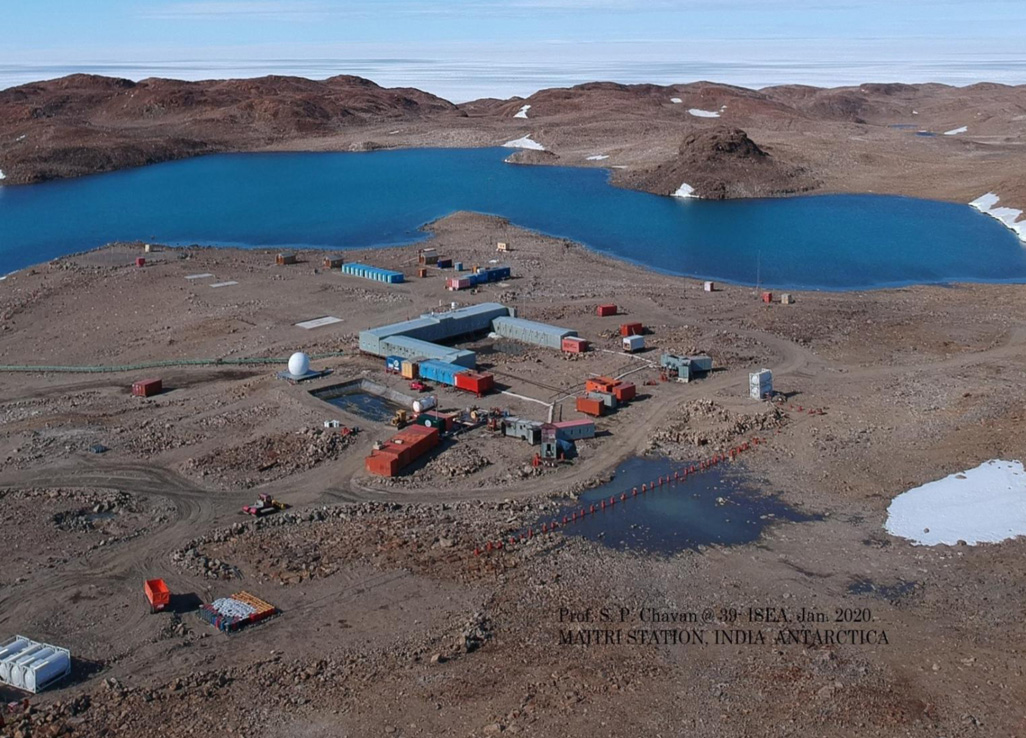Wild Shrimp Seed Collection
Published: Mar 30, 2013
Published: Mar 30, 2013

Segregation sampling: To segregate the organisms were transferred into a bucket and ten litre of water was added. Before sub sampling, the catch was homogenised by stirring. Ten sub samples of one litre were taken from each catch, stirring in between. Each sub sample was then segregated for large individuals, approximately 5 mm and more. Of each sub sample the number of shrimp seed selected was counted. It was noted that out of the 204 organisms that were caught only 14 were of the specific species. The rest was discarded on the levee and left to die. Thus the bycatch destruction rate worked out to be 93 per cent.
Keep reading with one of these options :
